Winter Hiking? YES YOU CAN!
Your hiking journey can continue through winter if you have the right gear. Take your day hiking routine back with these winter hike essentials. Snow-covered trails are a blast, and the experience is amazing… snow-covered trails, ice dangling from trees, and not a sound on the trail but the crunch of your boots.
Preparation
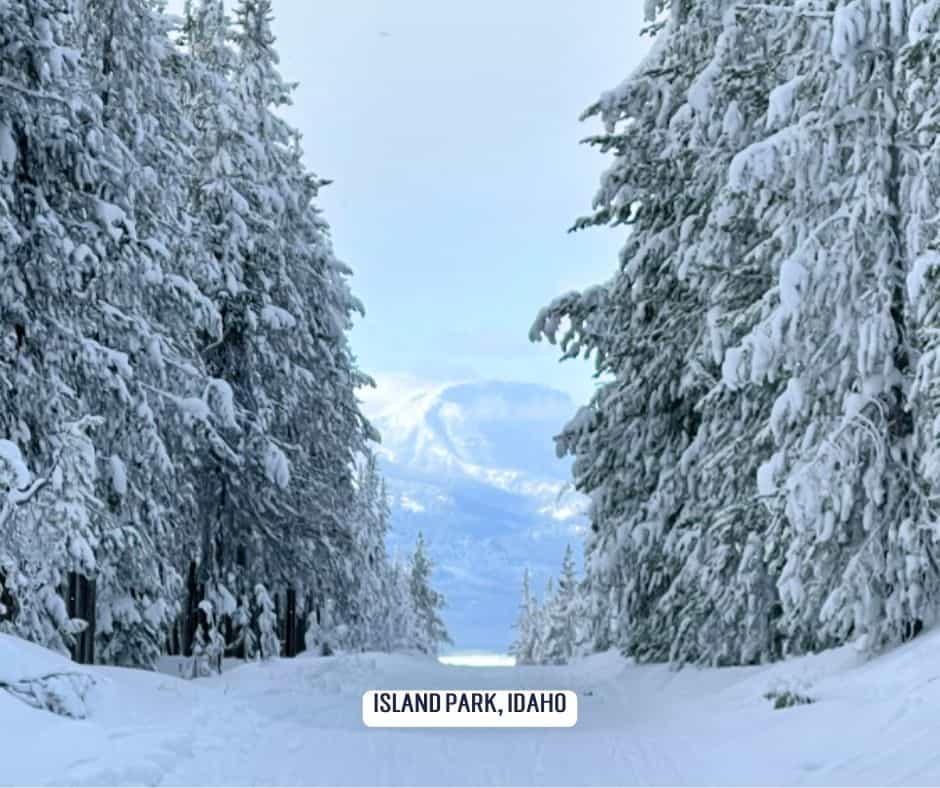
Use my quick checklist as a guide or a refresher before you hit the trails.
Click here to shop for most of these items on Amazon.
As with ALL hikes, preparation is vital. Like summer, water is a big deal on hiking excursions. But details matter because ‘sweating it out’ when temperatures are below freezing hits differently. Our bodies are like furnaces that make heat through chemical reactions and movement. Heat loss happens in different ways and impacts faster when temperatures drop.
Layers Layers Layers
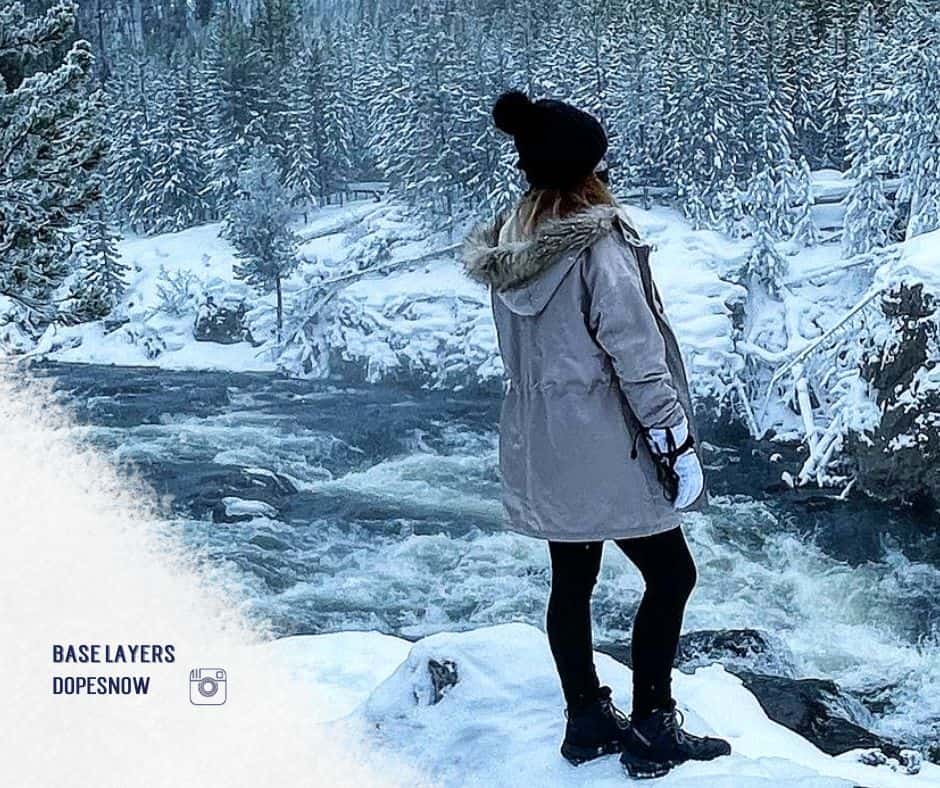
Layering Tips:
- Wear THREE light layers.
- Wear moisture-wicking fabric.
- Avoid cotton as a base or secondary layer.
Sweating a lot can also cause you to lose water, leading to dehydration. Dehydration combined with cold sweat against your skin will increase your risk of a worst-case scenario – hypothermia. Being too cold for extended periods and depleting energy levels can be avoided if you dress in non-cotton layers. And if the sun is more powerful than expected, you can remove layers to stay comfortable during the day.
This season, I’ll be testing out the Dope Snow Snuggle Base Layer top and pant set. I also have several Merino wool base layers.
It’s tempting to skip this part, especially if you must buy new shirts, but trust me. When your body is wet, it will lose heat much faster, especially when the air around you is arid.
Gloves
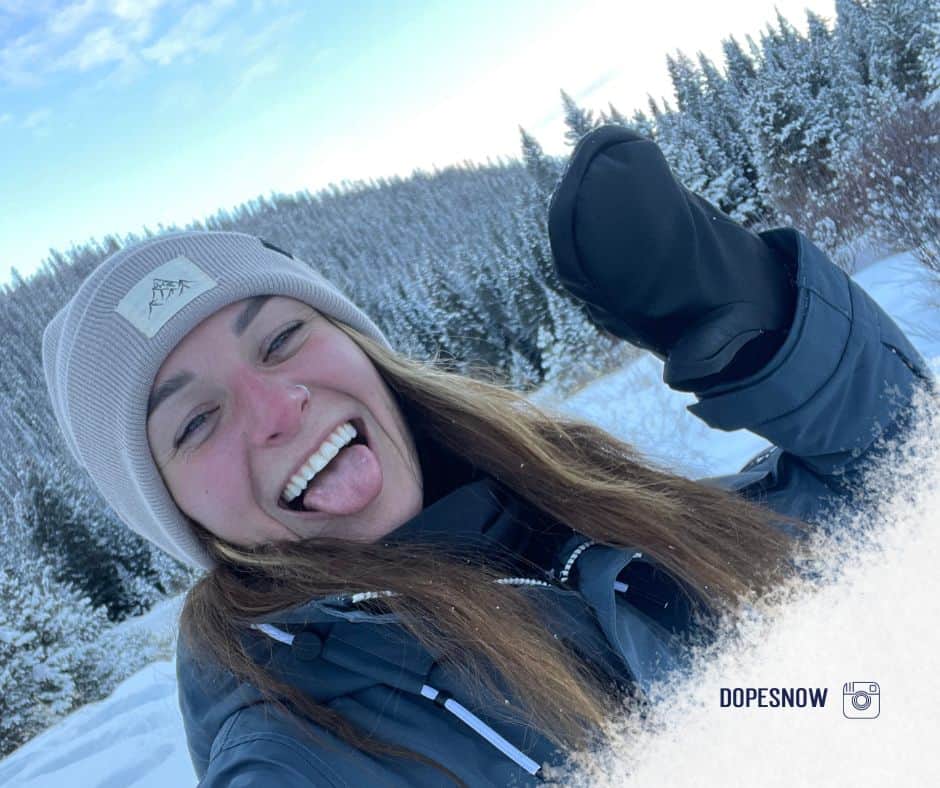
Winter hiking requires completely waterproof, windproof, and warm material. Your hands can get cold quickly, and the right gloves keep them from getting numb and painful. If you have to remove gloves to use your phone or unzip your bag, you’ll increase your risk of losing one or exposing your skin to dangerous temperatures.
Before you wear gloves on a hike, run through these three tests at home:
- Unzip your bag (or pockets; storage belt, etc.)
- Open your drink bottle.
- Operate your phone: dial pad, camera, etc.
Consider another pair if you can’t do those things while wearing your gloves. REI has a large selection of trail gloves. Please read the reviews and make sure they’re waterproof and moisture-wicking (not Cotton).
Pack extra gloves! Losing a glove on the trail is easy, and you don’t want to risk frostbite. I don’t have two trail gloves, so I pack my snowboard mittens. I won’t be able to work my phone or unzip my bag, but they’re waterproof and moisture-wicking, and that’s good enough for the extras.
Boots
A pair of boots designed for winter hikes is a MUST. Look for solid winter hiking boots with stiff soles that are100% waterproof. Read reviews before buying them and ensure they are compatible with crampons. I’m testing out a tall Muck Boot this season; I’ll let you know how it works out. If you prefer a boot with extra support and an adjustable calf strap, check out these Dryshod boots.
Extra Socks
Pack 2-3 extra socks in your bag on every hike. If your feet are prone to sweat and you’ve got them wrapped in wool or another warm material in waterproof boots, the moisture from sweating can cause blisters from all of the rubbing against your boot. A blister can morph into a raw skin patch on a long hike. On your first trek, stop and change your socks when you stop to take pictures or take a break. If your socks feel wet, make a note to stop and change them again every few hours.
My favorite pairs of socks are DARN TOUGH & SMART WOOL.
Goggles
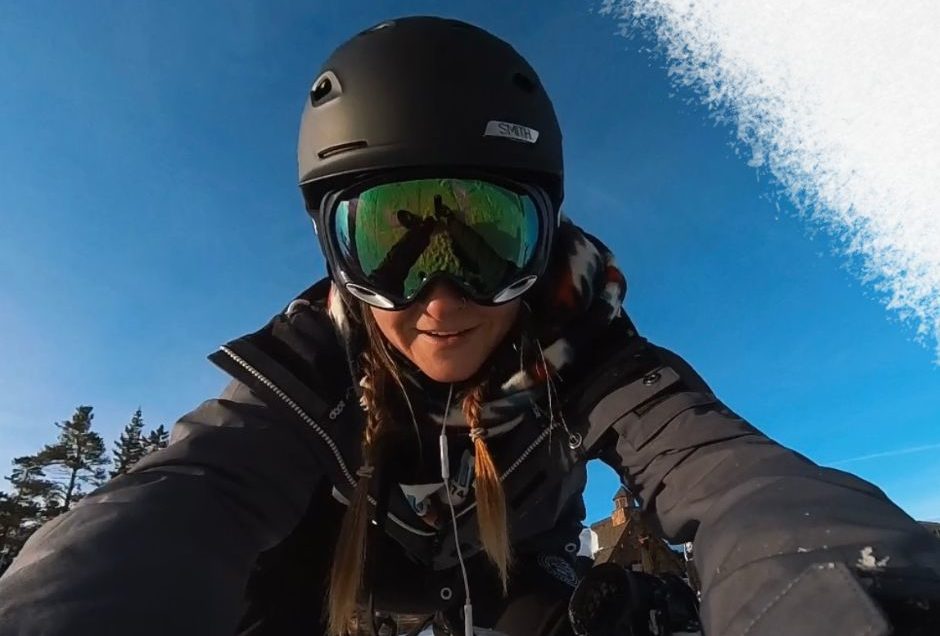
Goggles are overkill on a day hike, right? No! They are a MUST when hiking in the winter. They are a necessary safety item that you should always have with you. Even though you hope to never use them, it’s better to be prepared in case a storm comes. Imagine navigating downhill through a blizzard without being able to see where you’re stepping while you’re starting to panic about the weather.
Crampons, Microspikes, or Snowshoes
Extra traction and grips make winter hiking so much better. There are three different options to improve traction: crampons, microspikes, or snowshoes. Crampons are designed for icy conditions, microspikes are for a mix of conditions and inclines, and snowshoes are for deeper snow on easy trails. Snowshoes may require a bit of practice before you hit the trails; check out REI’s snowshoe guide before you head out.
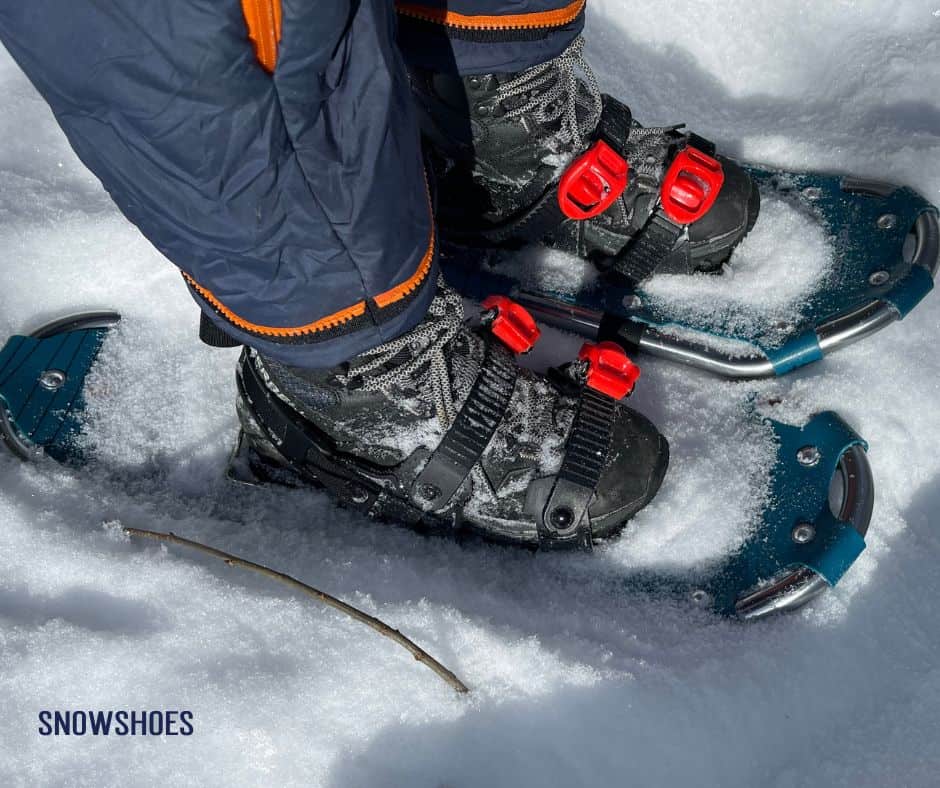
If you gather all of those items (plus water) for your hike, you will be prepared to handle the cold.
Wait…what about the snacks? Hydration? First aid items? Check out Winter Hiking Guide Part II with more hiking essentials, and subscribe below to get early access to Part III:
Note: This post is meant to serve winter day hikers. If you plan on winter camping or an overnight hike, check out the REI Winter Camping Guide.
*Disclosure: I only recommend products I would use myself, and all opinions expressed here are my own. My posts, newsletters, social media shares, linktr.ee, news releases and website/blog may contain affiliate links that allow me to earn a small commission at no additional cost to you. In many cases, I can offer my readers and followers a discount with a coupon code at checkout. Read full privacy policy here.”
AFFILIATE / THIRD-PARTY LINKS DISCLOSURE AFFILIATE DISCLAIMER
Wholistic Wanders may partner with other businesses or become part of different affiliate marketing programs whose products or services may be promoted or advertised on the website in exchange for commissions and/or financial rewards when you click and/or purchase those products or services through our affiliate links. We will receive a commission if you purchase through our affiliate link at no extra cost.
We may also recommend other products, services, coaches, and consultants, but no such reference is intended to be an endorsement or statement that such information provided is accurate. We recommend these based on our personal experiences, but it is still your responsibility to conduct your own due diligence to ensure you have obtained complete, accurate information about such products, services, coaches, and consultants.
These affiliate or third-party relationships in no way compromise the integrity of the content, information, services, and materials being presented to you here, and you are under no obligation to click on these affiliate links to purchase those products or services being offered. These affiliate programs are selected based on personal experiences, preferences, and brand partnership agreements. View the full disclaimer here.

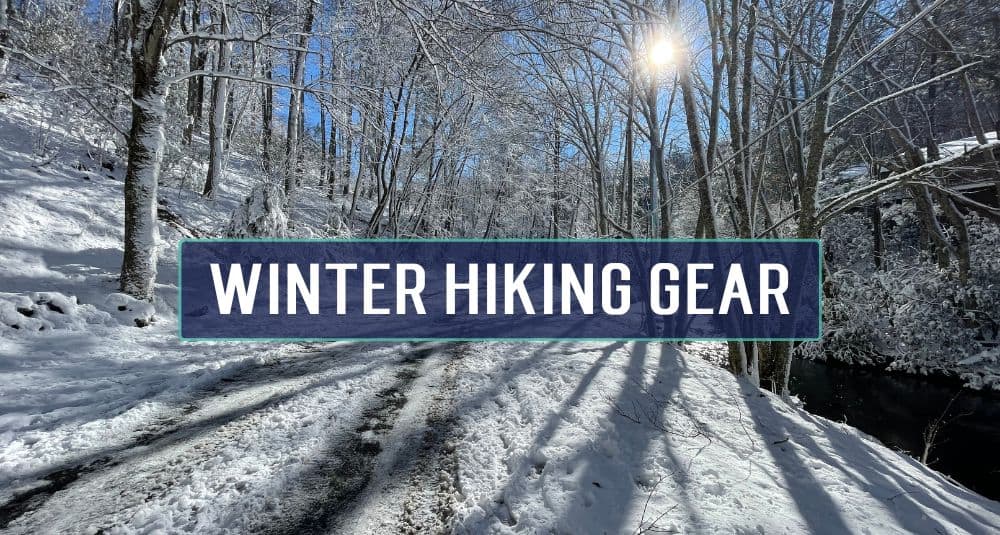
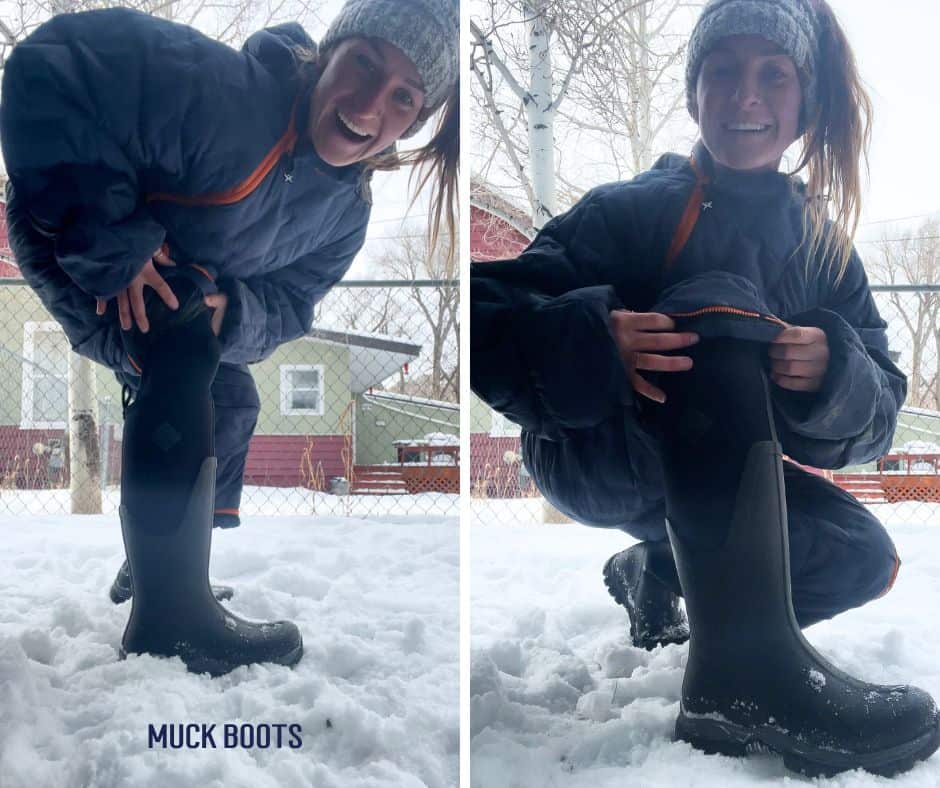
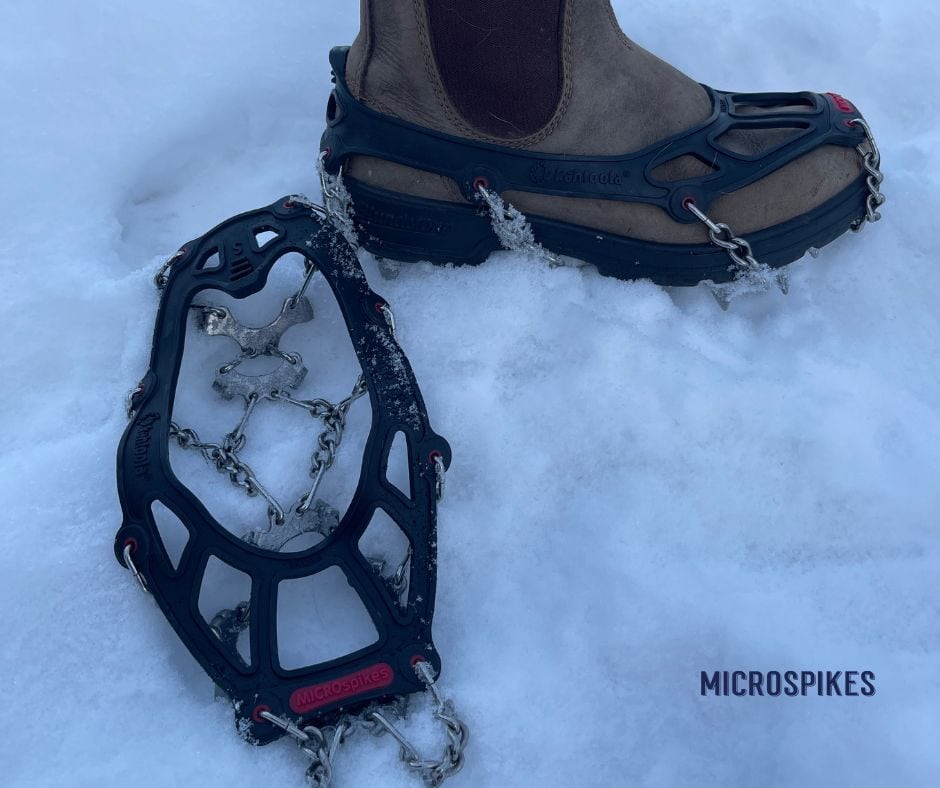




0 Comments